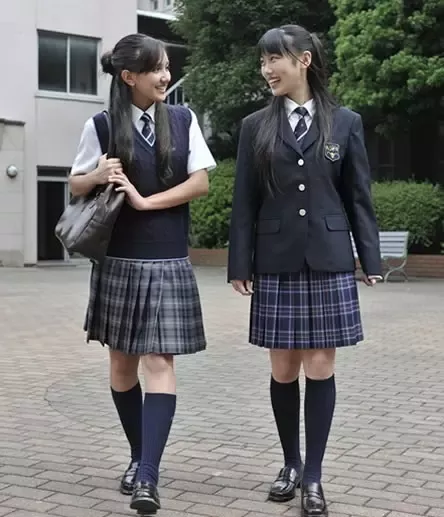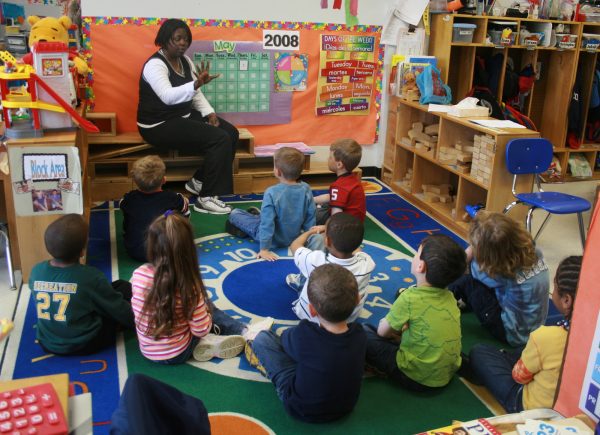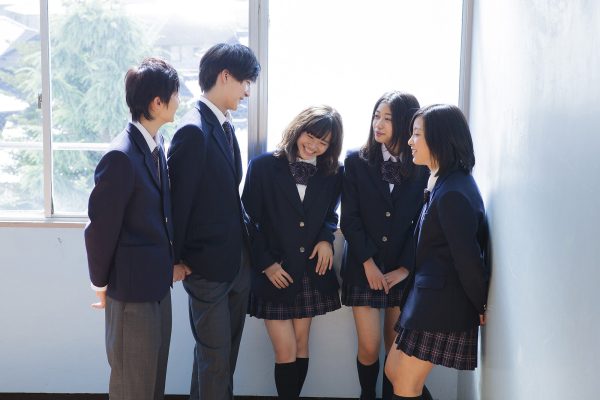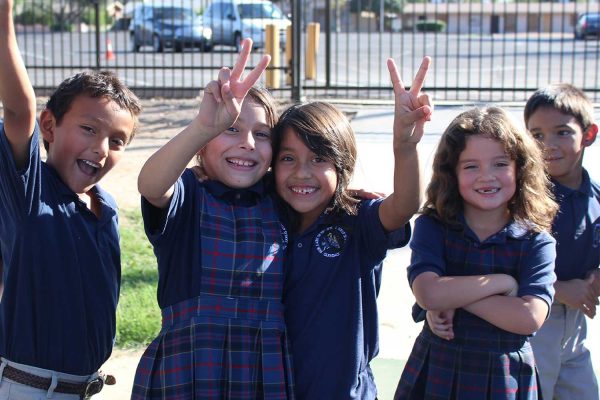

Did you know that Japan only has three years of high school? Instead of four years like in America, Freshman, Sophomore, Junior, and Senior, Japan has three years in high school. In America, it goes like this:
1-6th Elementary school.
7-8th Middle school.
9-12th High school.
However, in Japan, it goes more like this:
1-5th Elementary school.
6-9th Middle school.
10-12th High school.

How else are Japanese schools different from American schools? Well, these two cultures enhance the learning of students in many different ways. From how long the school year can be, how much work is given, to even how clean the school is, there are lots of differences from American and Japanese schools.

One thing different is how long the school year is. In Japan, the school year starts in April and ends in March whereas in America, the school year starts in August or September and ends in May or June. Also, Japanese students have fewer days off than American students. However, the summer vacation in Japan is 2 times longer than the American summer vacation.
In America, there are janitors around the school to help keep it all clean; however, in Japan, there are no janitors around. The students themselves clean the school everyday. That is the reason why people report Japanese schools being cleaner than American schools. The students know how dirty it can get more than anyone, right?

In America, it’s common for some students to just go straight home after school, but in Japan, the majority of students are in some sort of club, sport, or after school activity. It’s possible that the reason for this is because Japan has more diverse options for extracurricular activities.

As we all know, one of the things Japanese schools are known for is how common it is to wear uniforms to school. Unlike Japan, most American schools allow their students to wear their own clothes as long as it’s within the dress code. However, with some schools, it’s common to let kids wear what they want in Elementary school, and as their life goes on, they start to wear uniforms in high school and middle school.

If you went to school anywhere in America, you and your peers have probably complained about the school cafeteria food, right? Did you know that in Japan, there are no lunch ladies/people that serve food? All the students must either bring their own lunch, or serve the lunch food to each other. Also, in Japan, there are no cafeterias! All students are to eat in their classroom and pick up after themselves when they’re done. Can you imagine that in American schools? That would be a nightmare for the teachers!
Some students at Greenway decided to share their thoughts on the differences between Japanese and American schools.
1st person: “They wear uniforms more than American schools.”
2nd person: “They wear uniforms, eat different food, and probably learn better than we do!”
3rd person: “They have different food, learn about Japanese history instead of American history, and probably learn English as a language class instead of Japanese.”
4th person: “Japanese schools are different from schools in America in many ways. For example, in Japanese schools you stay in one class. Between switching to the next subject, they will allow ten minute breaks in the classroom. Other differences would be the environment. Japanese schools usually have lockers in the entrance to replace your shoes with school shoes. They also have one building with multiple floors instead of just two or one, there are at least three. Another difference is the food. They would have a variety of different cultures and a variety of foods. Oh yeah, and the learning process is different too. It emphasizes group learning and cooperation more than independent working. The hierarchy system is so much different too, for example everyone addresses each other by last names and such.”
5th person: “I would assume Japanese schools are a tad more strict, especially about dress code and phones, but education in general.”